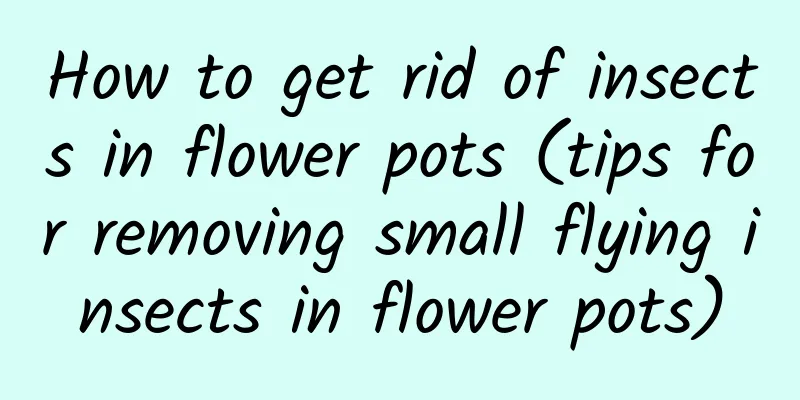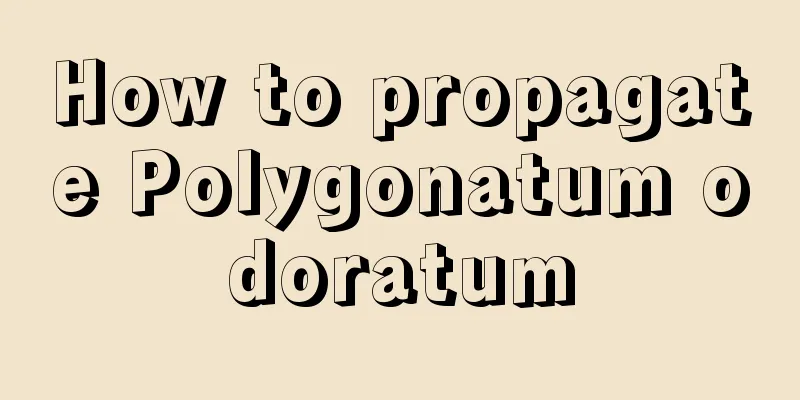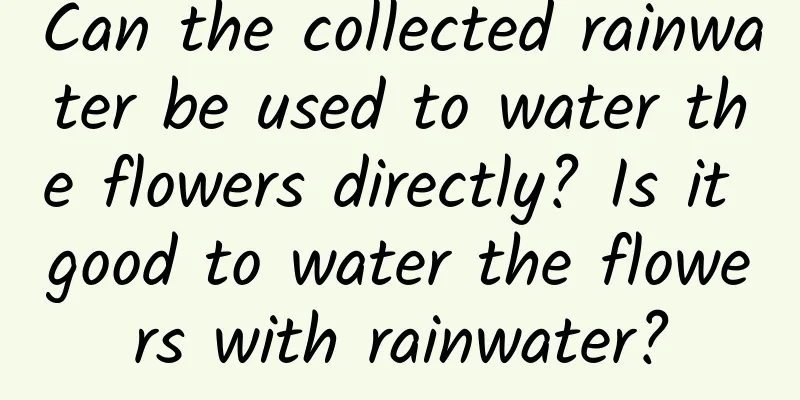Do you need to cut the roots of leek roots when transplanting? Why do you need to cut the roots when planting leeks?

Do I need to cut the roots when growing chives?Leek is a perennial herbaceous plant of the Liliaceae family. There are two ways to plant it: sowing seeds and transplanting roots. Its roots are fibrous roots without main lateral roots. Its roots can withstand low temperatures and can safely survive the winter at temperatures above -5 degrees Celsius. Generally, the roots of leeks need to be trimmed before transplanting. It is best to cut off the old roots and leave only one inch in length. The purpose of doing this is to make the leeks survive better, facilitate the growth of new roots and have a higher survival rate. Leek root transplanting method and precautionsStep 1: Cut leeks Before transplanting leeks, you should first cut off the leek leaves, leaving 2-3 cm of leek stems and leaves above the ground. This height can ensure the photosynthesis and normal growth of the leeks after transplanting. If the leek stems and leaves are higher than 3 cm, a large amount of nutrients will be supplied to the stems and leaves above the ground after transplanting, and the roots will be insufficiently nourished, and the transplanting may fail. Step 2: Trim the roots After cutting the chives, dig the roots out of the soil. Shake off the dirt on the roots and trim the roots with scissors . There will be a small black bump at the root of perennial leeks. This is the old root of the leek and needs to be cut off. The fibrous roots and diseased roots of the leek should also be cut off , leaving the root about 2 cm long. Cutting off these roots of leeks is to stimulate their growth . In addition, the roots of perennial leeks will grow together, so they should be separated one by one before transplanting, otherwise the growth of leeks will be affected after transplanting. Step 3: Dry the leek roots Don't rush to plant the trimmed leek roots in the soil, but put them in a cool and ventilated place to dry for 24-48 hours. This is to allow the wounds of the leek roots to heal and avoid root rot when planted in the soil. In the morning and evening when the light is weak, you can also put the leek roots in the sun to dry. The drying time should not exceed 4 hours, otherwise the leek roots will easily dry out. Step 4: Plant leek roots Plant the trimmed chive roots in groups of three into the soil . The distance between one group of chive roots and the other group of chive roots should be 2-3 cm, and the row spacing should be 8-10 cm. After planting, use your feet to compact the soil around the leek roots and water them thoroughly. When the leek grows 2-3 new leaves, the leek will be transplanted and survive . |
Recommend
What flowers are good to choose for winter wedding bouquets
Pine and cypress Speaking of this cold winter, th...
Why does the lucky tree lose its leaves? How to save it
1. Improper watering 1. Reason: The lucky tree ma...
How to water baby's breath
Key points for watering baby's breath Gypsoph...
Cultivation methods and precautions of group jasper
1. Maintenance methods 1. Soil: When caring for J...
How to grow strawberries in autumn
1. Soil laying for insulation In autumn, the temp...
The efficacy and function of tobacco
Ornamental value The overall root system of Nicot...
How to grow watermelon on the balcony
Preparation Select pot and prepare soil Prepare a...
What is Yangxincai?
What is Yangxincai? Yangxincai is a perennial her...
Cultivation methods and precautions of flower peony
Plant habits First of all, because it is native t...
When is ginger harvested?
Ginger is a common ingredient in daily life. Many...
Precautions for transplanting roses The best time and method for transplanting rose seedlings
Rose is a common plant that usually grows in a wa...
What to do if the leaves of the fairy turn yellow
The reason why leaves turn yellow The reason why ...
How to save seeds for asparagus? Seed treatment and planting methods
How to save asparagus seeds Asparagus has seeds, ...
Allen's breeding methods and precautions
1. Maintenance methods 1. Soil: It has a strong a...
How to grow hosta on the balcony, what should you pay attention to
1. Sunlight Supplement Hosta is a shade-loving pl...









